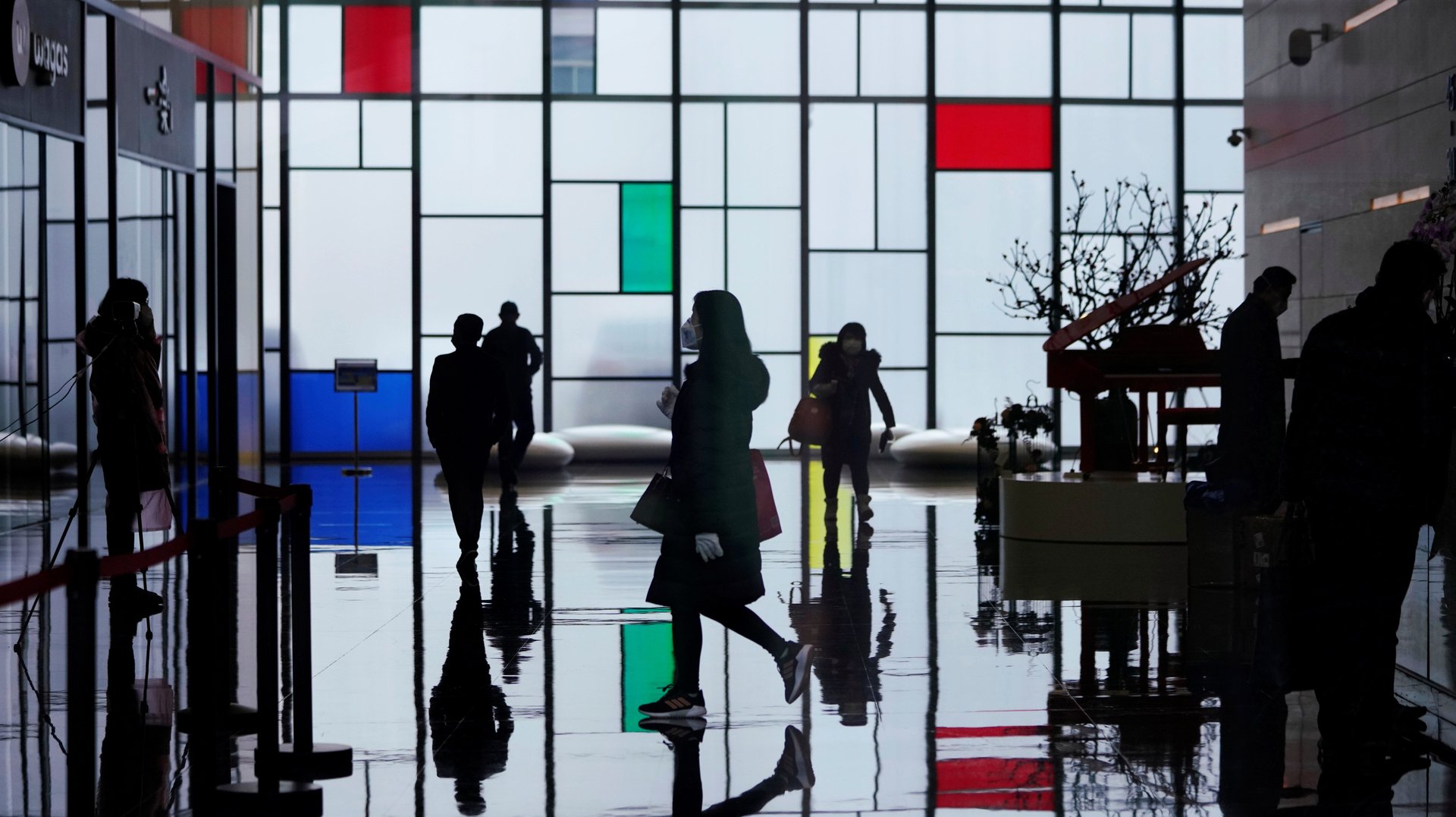What does work look like after a pandemic?
I’ve been in human resources for more than 20 years, and one thing I’ve learned from times of crisis is that things almost never return to the way they were before. This time feels no different.


I’ve been in human resources for more than 20 years, and one thing I’ve learned from times of crisis is that things almost never return to the way they were before. This time feels no different.
I don’t say this to dash hopes. Rather, I believe these challenging days will ultimately lead to opportunities that will empower employees in new ways and inspire creative approaches to how we do our jobs and serve our customers.
Covid-19 has forced us to adjust to new routines and adapt to new ways of working. No more hopping on a plane to visit a client. Tuesday feels like Friday. Meanwhile, we’re all gaining real-world insights into things we need to do better and the tough choices we’ll need to make as we plan our return to the office and steer our companies through the uncertain economic times ahead.
Here are three things on my mind as we approach the second half of the year:
1. There is no one right way when it comes to returning
At HP, our experience of reopening our offices in China is giving us a glimpse into what it could be like to reopen other sites: staggering teams, enabling physical distancing, providing protective equipment such as face masks and gloves, and taking employees’ temperatures. But what works in certain parts of the world might clash with cultural norms or legal regulations in others. There simply isn’t a silver bullet.
Business leaders must keep in mind that some locations, like Japan and Singapore, are already experiencing a second wave of Covid-19 cases. In all regions, the top priority should be health and wellbeing—speed should never come before the safety of our people.
My mother always used to say, “one size fits no one,” and that is certainly going to be true as workplaces—especially companies with multiple work arrangements in various locations across different stages of the pandemic—determine how to reopen. For reasons aside from the health risks, some leaders might decide not to bring certain employees back in the office, as they’ve become acclimated to a “new normal” that is fully remote, including for business functions previously considered impossible to perform from home.
In all cases, the key for handling a return to the office will be patience and flexibility, including giving employees the space they need to come back when the time is right, and in the form that is right for them.
2. We must prepare for the residual psychological effects of this pandemic
In recent years, the mental health of the workforce has become more of a priority for business leaders. The coronavirus crisis is shining a light on the need for more robust wellness benefits, and for a fundamental reframing of the role companies play in their employees’ mental wellbeing.
The full impact of this pandemic is yet to be known. Some experts expect we will contend with a fresh mental-health crisis once the pandemic has subsided. The residual effects of losing loved ones and of months of isolation could have lasting effects. We simply don’t know what the long-term impact of “cocooning” will be on our employees who have spent many weeks and even months hunkered down at home, whether alone or with their families.
Leaders will have to consider mental health as part of their responsibility to their workforce and will have to make provisions available, if they haven’t already.
3. Employee communication will be forever changed
Day in and day out, employees are confronted with an array of information—sometimes conflicting—about the Covid-19 crisis. They are looking to their employers to cut through the noise and provide a sense of stability and trust. This new pressure on employee communications to be transparent and reliable will not dissipate after offices reopen.
Another big change: Virtual events are here to stay. At HP, we used to do what I called “barn-storming” tours with our CEO, Enrique Lores, parachuting in and out of a location for an in-person office visit. But often these talks with employees were limited by room capacity or had significant time constraints. Not everyone could attend and not all questions were answered.
It turns out video conferencing can be an incredibly powerful and personal way for our employees around the world to connect with our CEO and leadership team. Attendance and engagement rates for these meetings have been remarkable and suggest a feeling of meaningful connection, even though we were all remote. As we slowly return to office environments, it will be important to carry this sense of connection and trust forward with us.
We have a long road ahead, and there is no playbook. That shouldn’t scare us, it should motivate us—to rise to the challenges we face today and build the adaptable, resilient workplaces of tomorrow.
Tracy Keogh is the chief human resources officer of HP Inc.